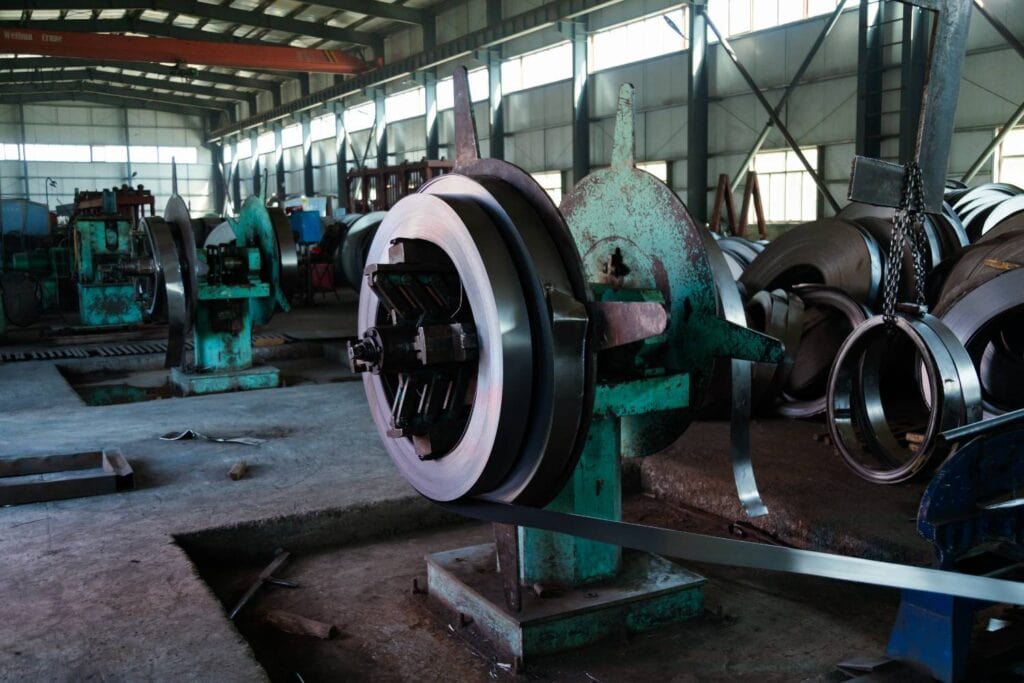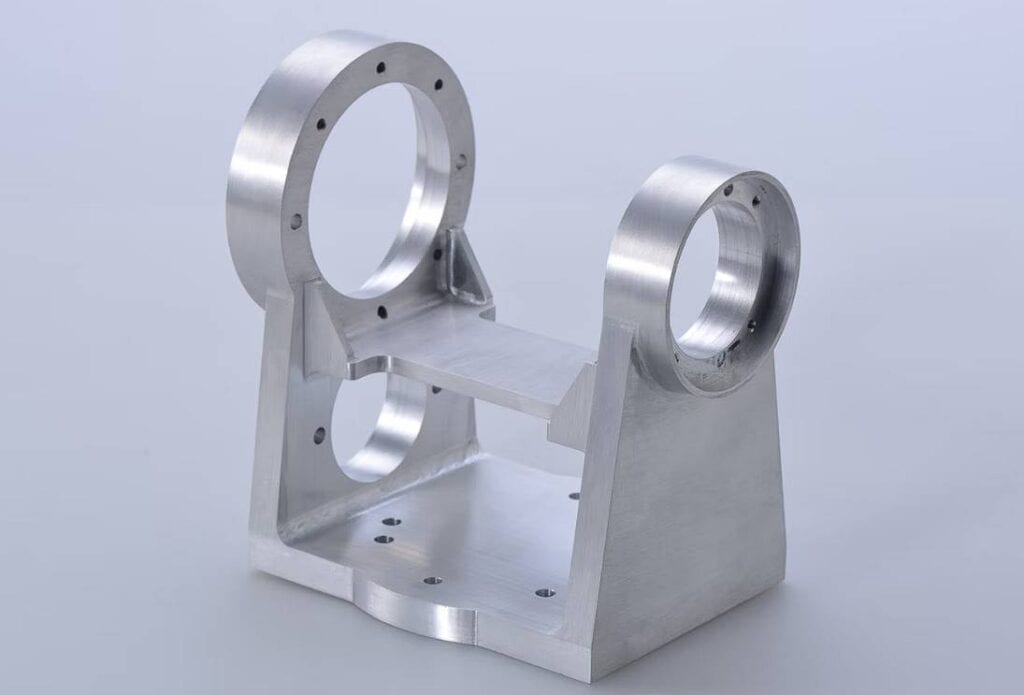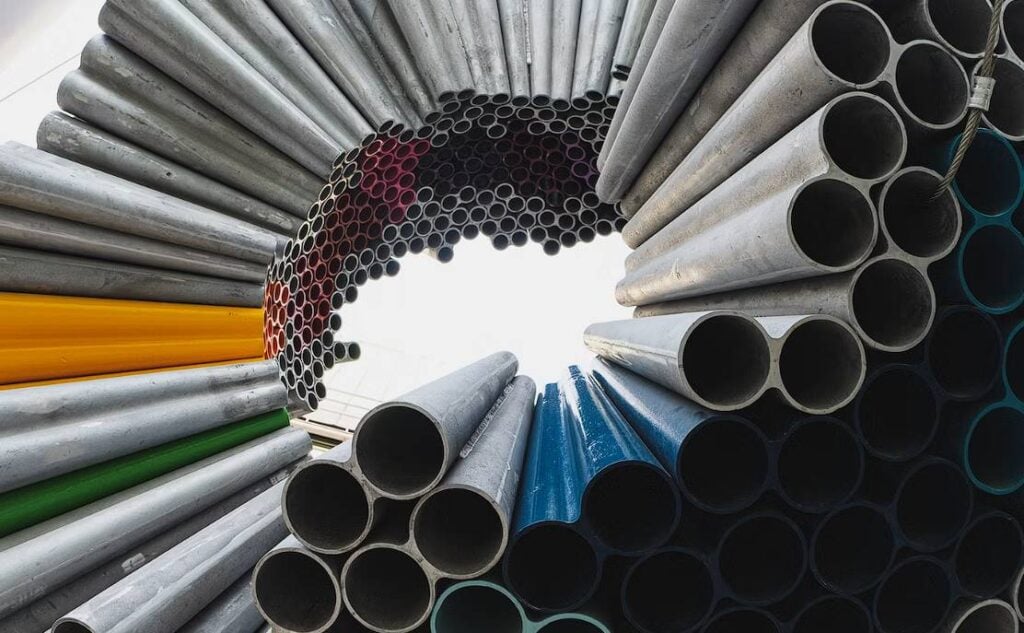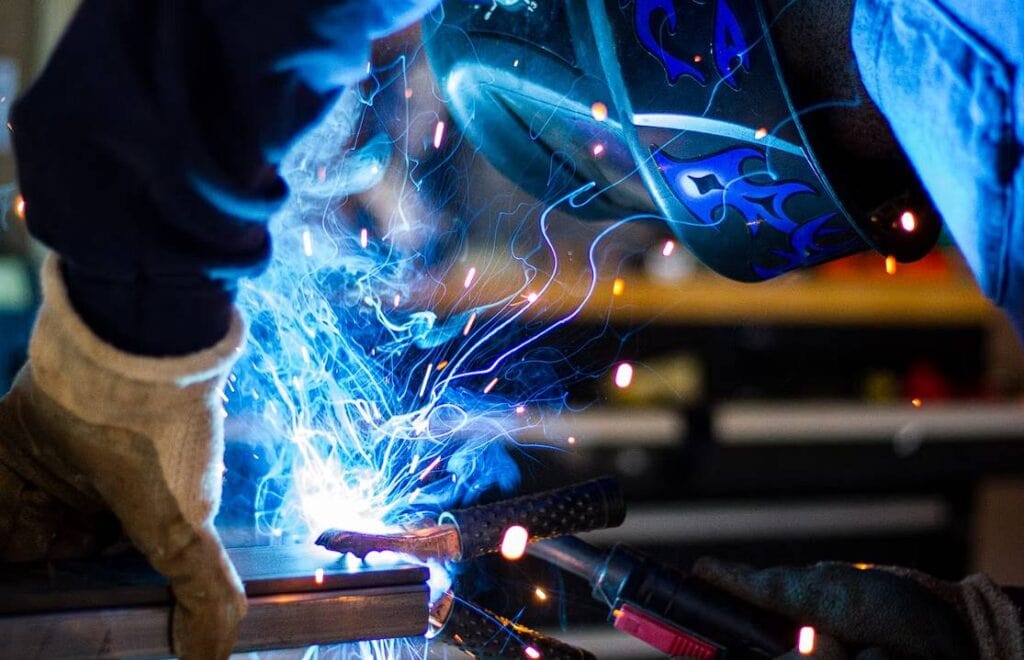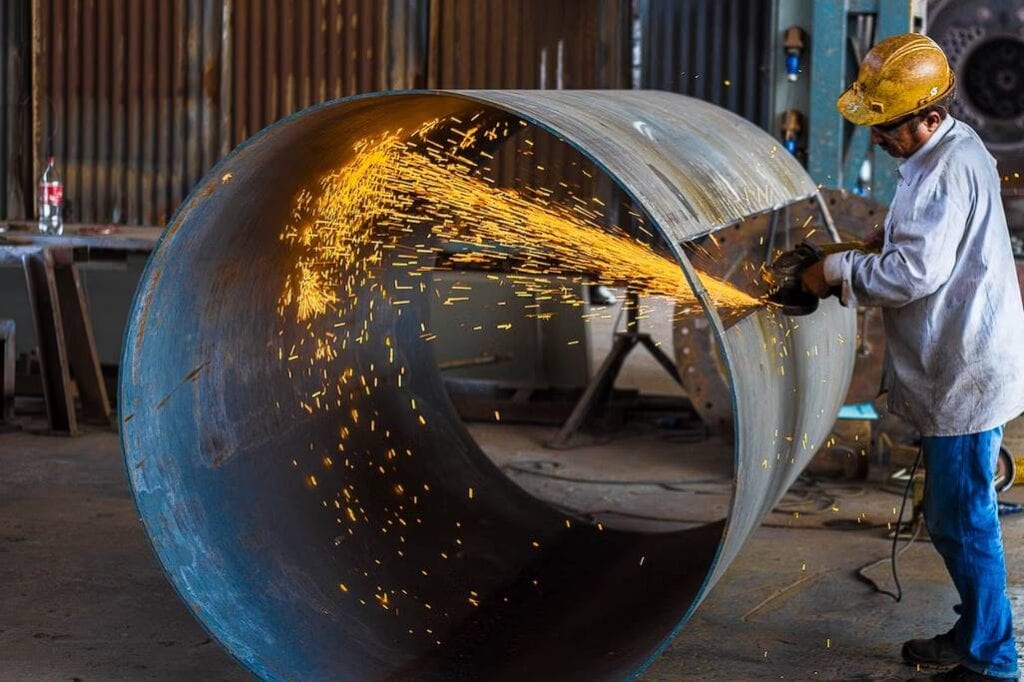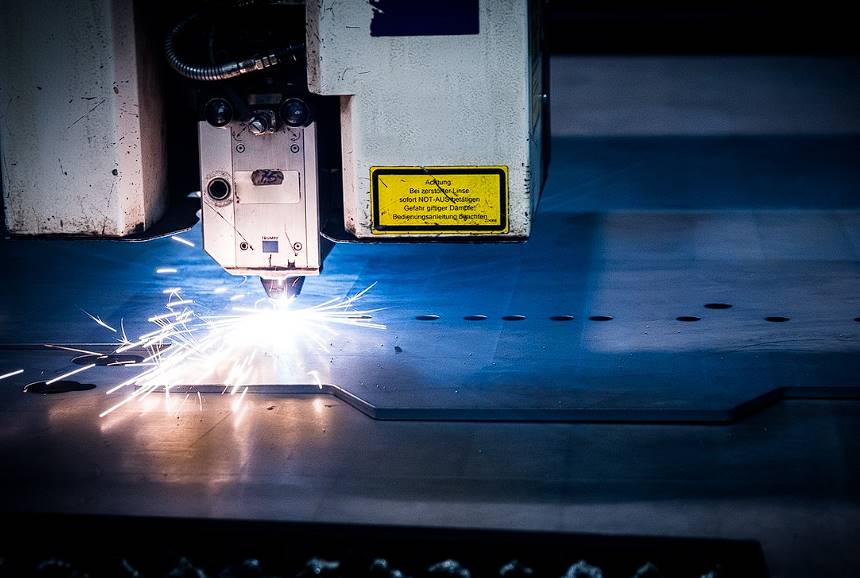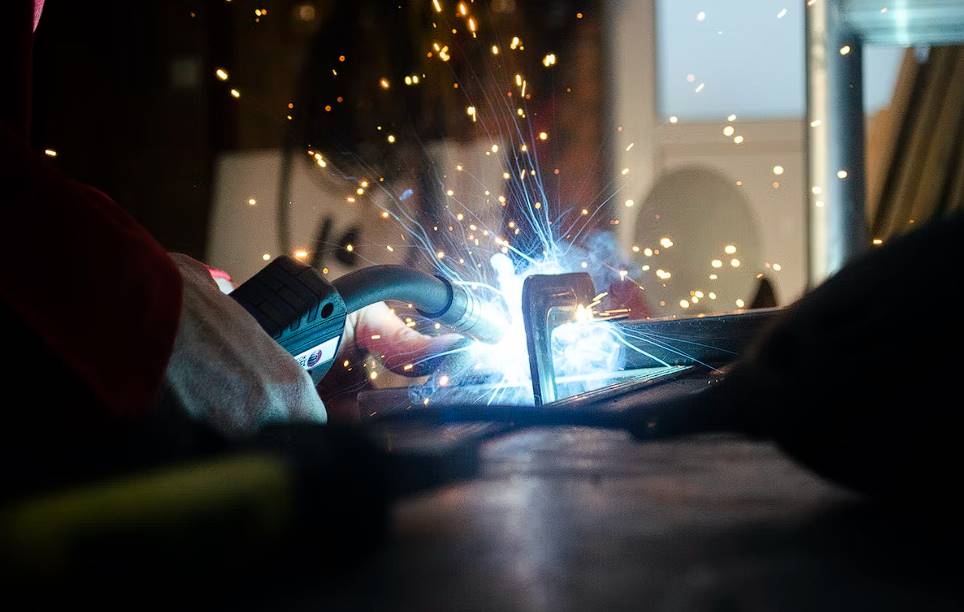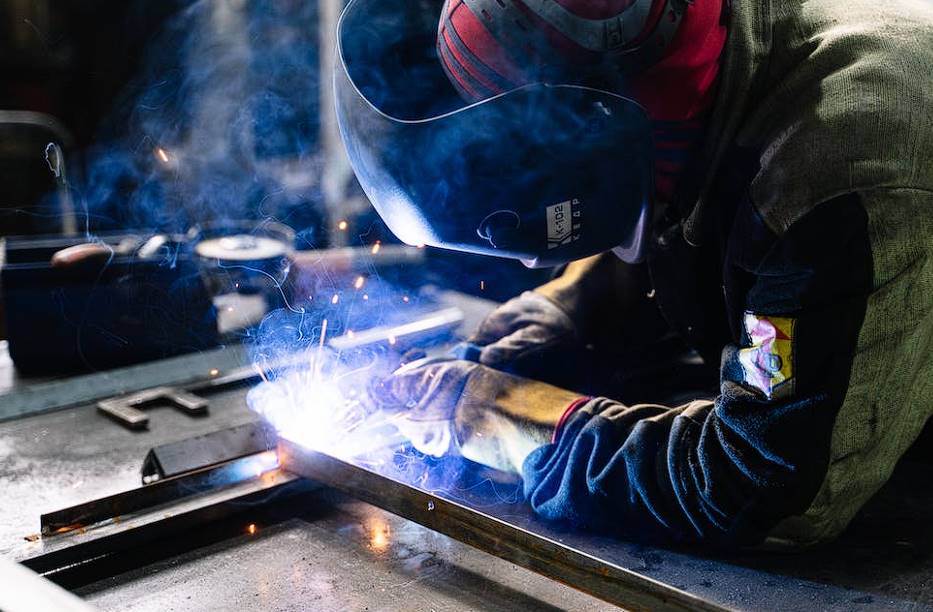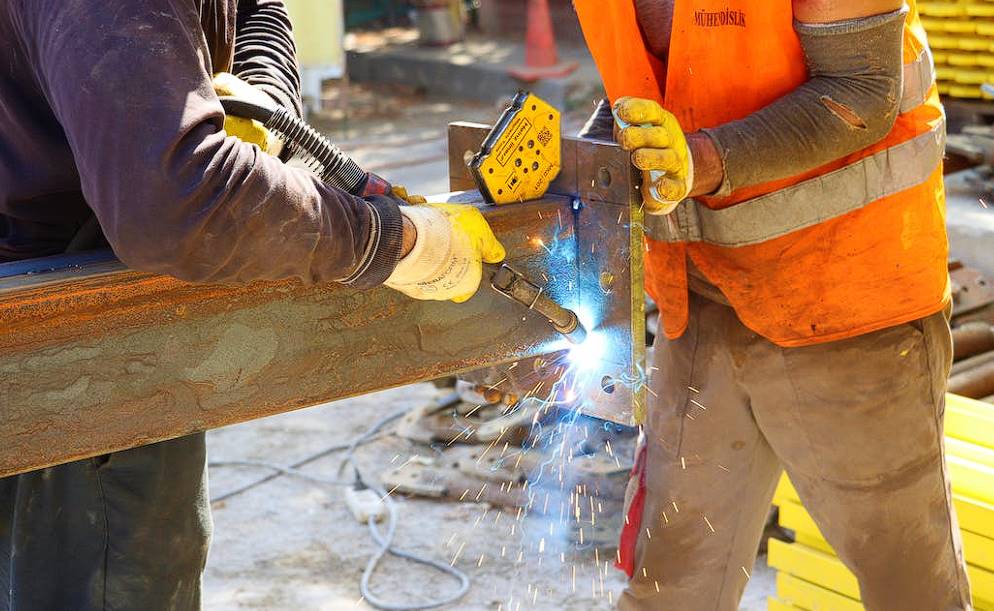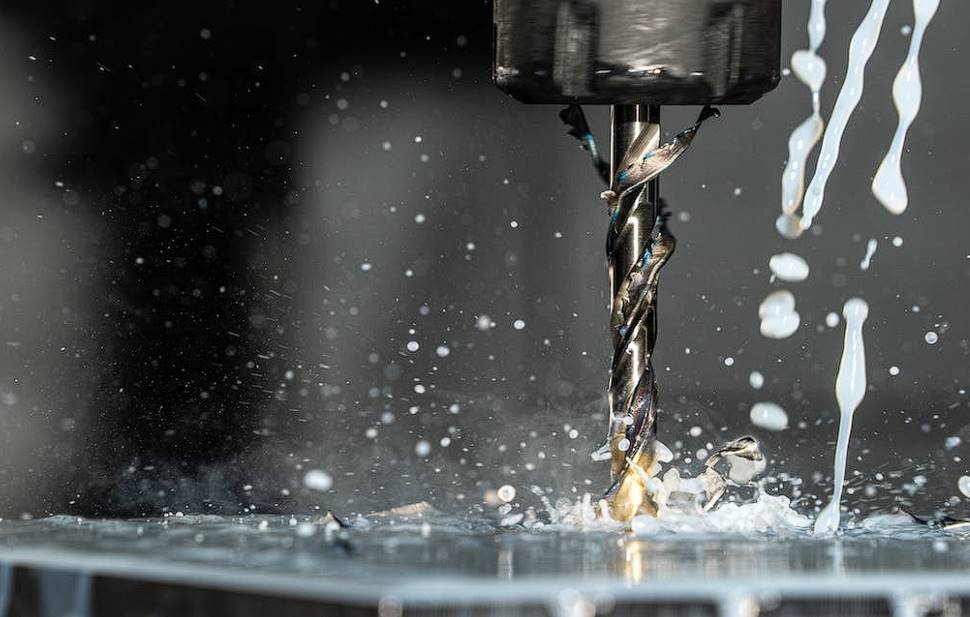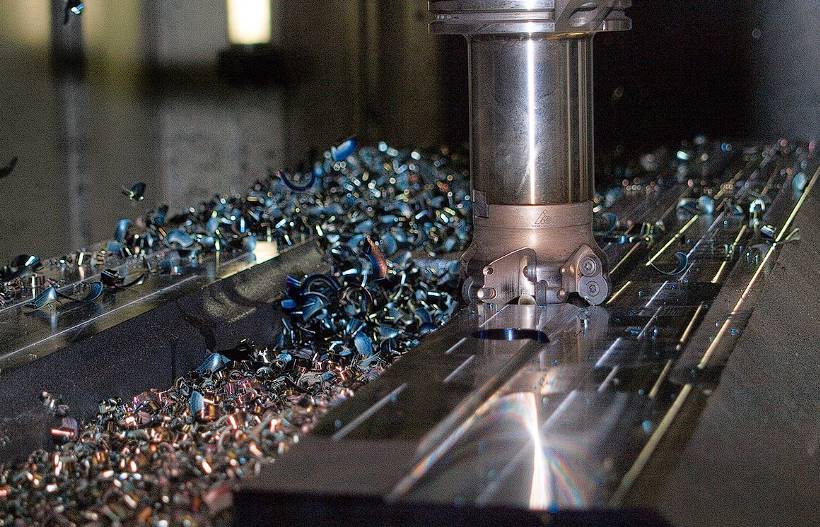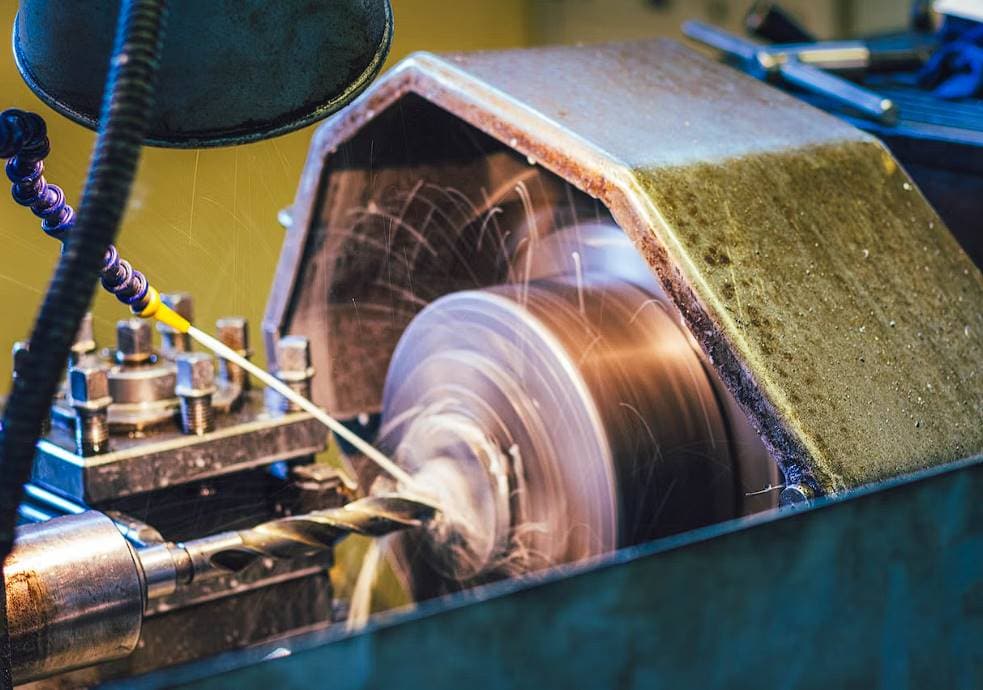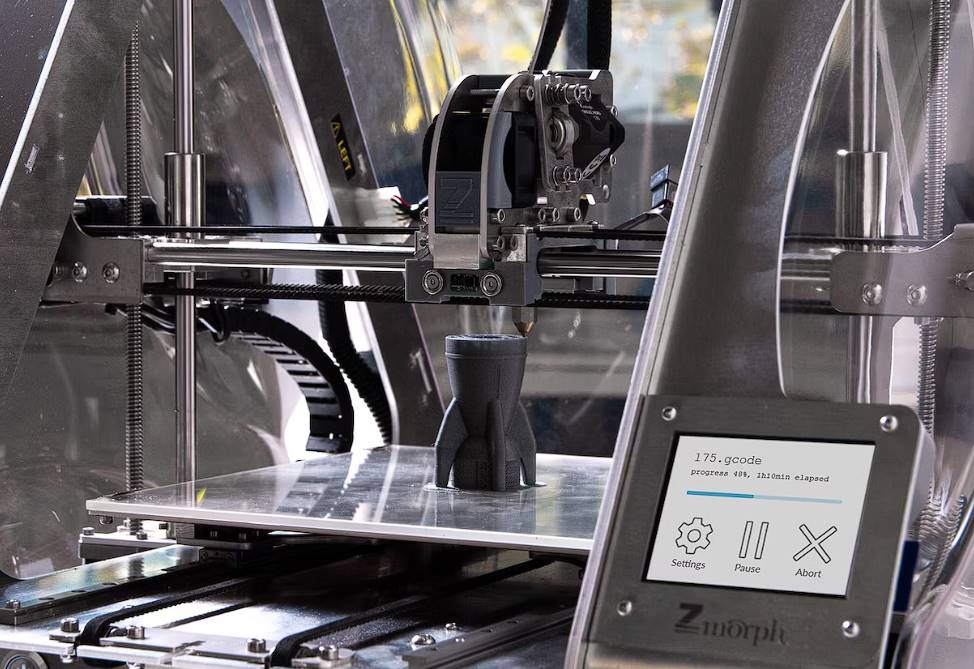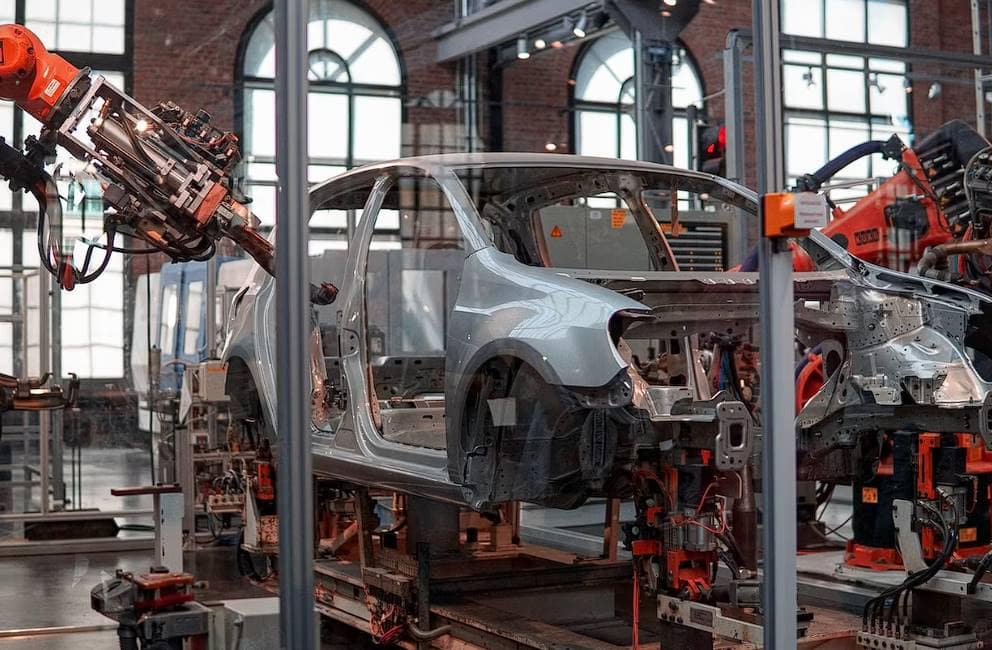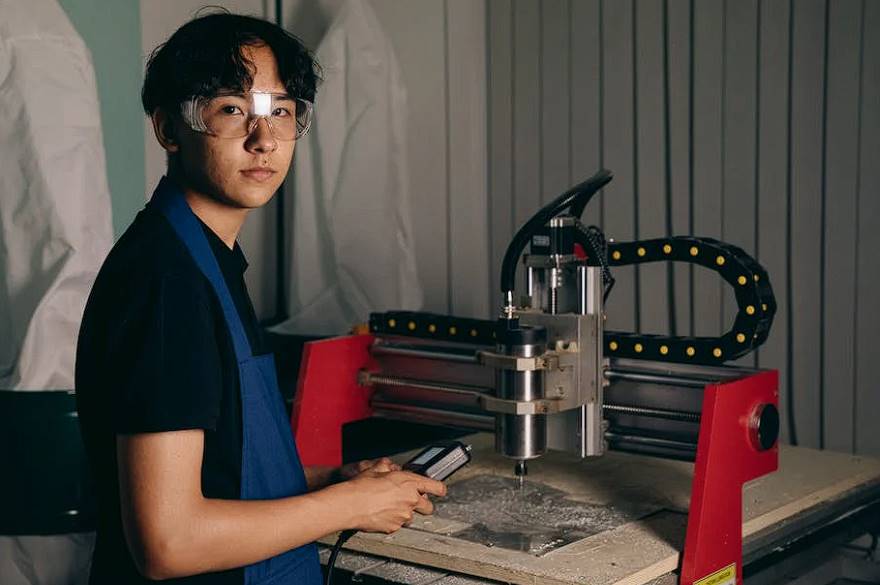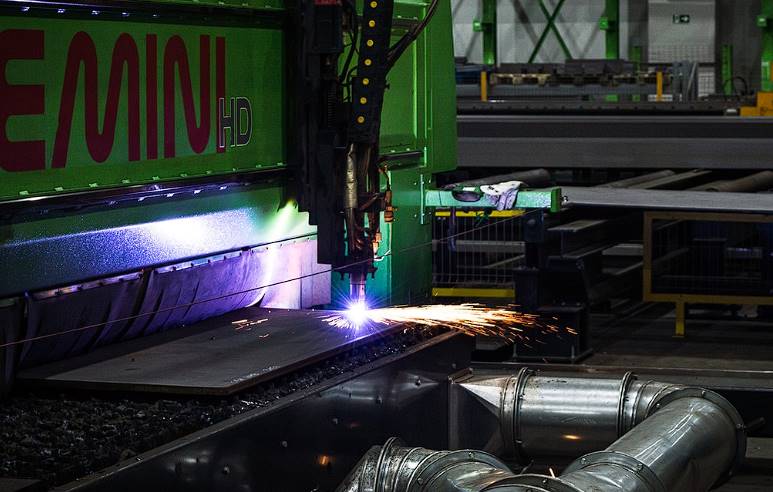Let's look into the exciting world of rolling, an essential manufacturing process that has changed how businesses work today. Rollers are essential to making many things we use daily, from the tall buildings that line our cityscapes to the cars that take us places and the many tools and products we depend on.
This blog post aims to show the many benefits of rolling, a process that turns raw materials into finished goods that are stronger, last longer, and can be used in more ways. Whether you're a seasoned metallurgy professional, a student eager to learn the basics of manufacturing processes, or someone interested in the technology behind everyday things, this tour of the benefits of rolling will help you understand and appreciate this vital manufacturing method more. Discover why the rolling process is still essential to industrial production as we look into its speed, cost-effectiveness, and ability to lead to new ideas.
The Rolling Process Explained
The rolling process is a cornerstone in metalworking, playing a pivotal role in shaping the materials that underpin modern civilization. This technique involves deforming metal by passing it through a pair of rotating rolls. It is not just about altering the thickness of metal; it's about precision, efficiency, and versatility in manufacturing.
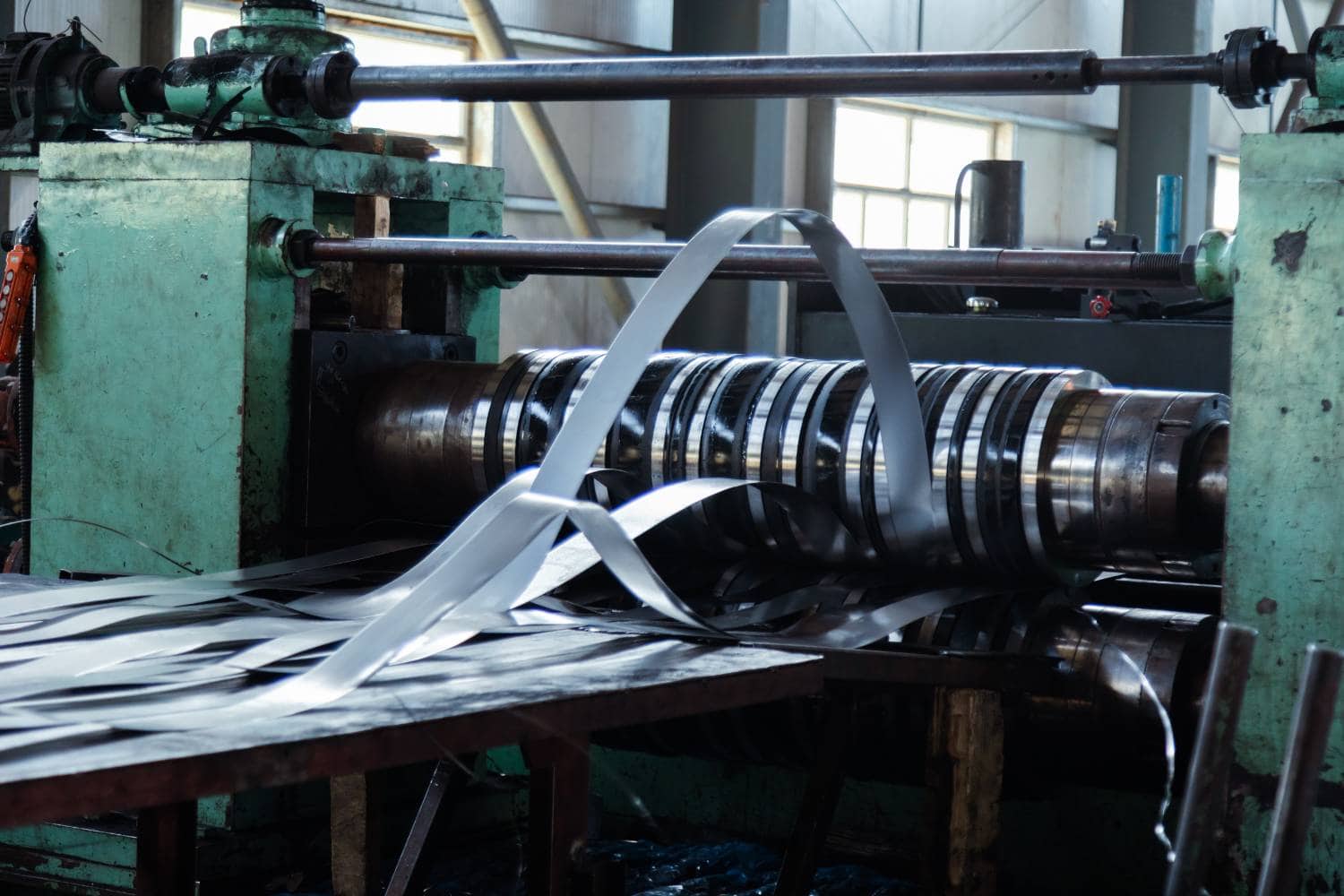
The Essence Of Rolling
Rolling is the most essential metal-forming process, accounting for more than 95% of ferrous and non-ferrous metals and alloys being processed into usable shapes. These shapes include plates, sheets, strips, foils, and various sections like rail, beam, channel, angle, bar, rod, and seamless pipe. The process achieves permanent deformation by subjecting the material to high compressive stress, allowing it to pass through the gap between two rotating cylindrical rolls.
The Process Explained
In rolling, the metal stock is compressed and elongated, similar to rolling dough, to achieve the desired shape and size. The rolls, which may be flat or grooved, are kept at a fixed distance apart and rotated in opposite directions. This action reduces the metal's cross-section and changes its shape by forcing it through the roll gap, which is kept more minor than the cross-sectional area of the input material.
Stages Of Rolling
The Rolling Process Encompasses Three Main Stages:
- Primary Rolling: This initial stage involves reducing the thickness of the ingot and transforming it into simpler stock shapes such as blooms and slabs. It refines the material's structure, enhances mechanical properties, and eliminates internal defects.
- Hot Rolling: The blooms and slabs from primary rolling are further processed through hot rolling to produce plates, sheets, rods, and other secondary members. This stage allows for shaping materials at elevated temperatures.
- Cold Rolling is the final stage, where products from hot rolling undergo finishing treatment to achieve superior surface finishes, precise tolerances, and further enhanced mechanical properties.
Types Of Rolling Mills
Rolling mills are critical to the rolling process, facilitating the rotation of the rolls. They vary based on the number and arrangement of rolls, including:
- Two-High Rolling Mill: Features two high stands with rolls placed one over the other.
- Three-High Rolling Mill: Comprises three high stands in the same vertical plane for increased productivity.
- Four-High Rolling Mill: Incorporates two backup rollers to reduce bending and ensure uniform compression.
- Cluster Mill: This mill utilizes two working rollers supported by two or more backup rollers, and it is mainly used in cold rolling.
- Multi-High Roll Mill: Employs two small-diameter working rollers for exceptional rigidity.
- Universal Rolling Mill: This mill consists of two vertical and two horizontal rollers, and it is used for producing wide-flange H-section beams.
- Advantages of Rolling
- The rolling process offers numerous benefits, including speed and time efficiency, suitability for mass production, high material and energy efficiency, the capability to produce complex profiles, precise tolerances, and various applications across industries.
Challenges
Despite its advantages, rolling involves high initial costs, potential for less refined surface finishes, and is most efficient in mass-production settings.
Efficiency And Productivity
The rolling process and sheet metal working are integral to the manufacturing industry, offering a blend of efficiency and productivity that underpins modern production lines. These processes, through their automation and strategic system balancing, enable manufacturers to optimize operations and significantly boost output.
The Core Of Efficiency In Rolling
Rolling, an essential process in steelmaking, involves deforming metal by passing it through a series of rollers to reduce its thickness or alter its cross-section. This method stands out for its ability to efficiently produce a wide range of shapes and sizes, making it a preferred choice for manufacturing various steel products. Rolling's efficiency is evident in its capacity to handle large volumes of material, transforming them into desired forms with remarkable speed and consistency.
Productivity In Sheet Metal Working
Sheet metal working encompasses phases, including cutting, forming, and assembly, completed in a precise sequence. The automation of production systems, featuring a sequence of machines or modules, each dedicated to a specific part of the production cycle, significantly enhances productivity. Calculating the productivity and efficiency of these systems is crucial for optimizing line performance and increasing output.
Calculating Productivity And Efficiency
To gauge the productivity and efficiency of a production system, understanding the performance of each machine or module within the line is essential. This involves analyzing parameters such as cycle time, productivity, and availability of each module. Productivity, expressed in seconds per part, reflects the time a module takes to complete its process, including loading, processing, and unloading.
Availability, defined by the formula A = MTBF / (MTBF + MTTR), where MTBF is Mean Time Between Failures and MTTR is Mean Time To Repair, indicates the percentage of time a module is expected to be operational.
Maximizing Line Productivity
Strategies for maximizing productivity include implementing buffers between modules to allow for simultaneous processing, thereby avoiding bottlenecks and enhancing the production line's overall throughput. The choice between simultaneous and serial processing can significantly impact the line's productivity, with simultaneous processing often leading to higher output by mitigating the effects of system bottlenecks.
The Role Of Efficiency
Efficiency, calculated as E = N * P / (N * P + ST) * A, where ST represents setup times, plays a pivotal role in determining the overall effectiveness of the production line. It accounts for non-productive times such as material changes, tooling changes, and maintenance, providing a realistic estimate of the line's operational productivity over an extended period.
Material Properties Enhancement
The rolling process significantly enhances the mechanical properties of materials, particularly steel, by manipulating the microstructure through deformation and controlled cooling. This transformation is crucial for producing steel with a balance of strength and flexibility, making it suitable for various automotive, construction, and manufacturing applications.
Grain Refinement And Phase Transformation
Rolling refines grain, improving surface hardness and reducing surface roughness. The process also induces a change from tensile to compressive residual stress on the material's surface, enhancing its mechanical properties such as ultimate tensile strength, yield strength, bendability, and toughness. The degree of these enhancements depends on specific rolling parameters, including contact stress and the number of rolling cycles.
Controlled Rolling And Cooling
The development of controlled rolling and cooling technology allows for precise microstructural design in steels. This approach enables the control of phase transformations to generate the desired microstructure, achieving the required material properties. For instance, combining hot rolling with ultrafast cooling and quenching and partitioning (Q&P) processes refines the grain structure in Fe-Si-Mn-Nb steel, producing a martensitic matrix with embedded retained austenite grains. This microstructure improves the steel's strength, while the retained austenite enhances plasticity and work hardening ability through the Transformation Induced Plasticity (TRIP) effect.
Impact Of Q&P Process On High-Strength Steels
The Q&P process of advanced high-strength steels significantly enhances their strength and flexibility. This process involves quenching to a temperature below the martensite start temperature but above the martensite finish temperature, followed by an isothermal treatment to enable carbon diffusion from supersaturated martensite to residual austenite. The result is a high-strength steel demonstrating improved ductility and toughness due to the TRIP effect, which is superior to traditional heat-treated samples.
Environmental And Safety Considerations
While rolling and its associated processes offer significant advantages in material property enhancement, they pose environmental and safety challenges. Steelmaking is among the most carbon-intensive processes, contributing to global greenhouse gas emissions. Innovations such as the Hisarna ironmaking process and using renewable hydrogen for steel production are being explored to reduce these emissions and make steelmaking more sustainable.
Improved Surface Finish And Dimensional Accuracy
When selecting the right type of steel sheets for a project, understanding the differences between cold-rolled and hot-rolled steel sheets is crucial. Each type has distinct characteristics, advantages, and disadvantages, impacting the project's outcome based on specific requirements.
Cold Rolled Steel Sheets: Precision And Aesthetics
Cold-rolled steel sheets are known for their superior surface finish and tighter dimensional accuracy, attributes achieved through the rolling process at room temperature or slightly below. This method results in steel sheets that are smoother and more consistent, making them ideal for applications where appearance is crucial, such as architectural elements or consumer products. The precision in thickness, width, and length measurements makes cold-rolled steel sheets highly sought after for projects demanding exact specifications.

Hot Rolled Steel Sheets: Cost-Effectiveness And Formability
Conversely, hot-rolled steel sheets are produced by rolling the steel at high temperatures, which leads to a rough and scaled surface but allows for easier shaping and sizing. Despite the less precise dimensions, hot-rolled steel sheets offer better ductility and formability, making them suitable for structural applications where the surface finish is not a primary concern. The straightforward manufacturing process also renders hot-rolled steel sheets more cost-effective than their cold-rolled counterparts.
Balancing Strength, Cost, And Aesthetics
The choice between cold-rolled and hot-rolled steel sheets ultimately depends on the project's specific needs. Cold-rolled steel sheets, while generally more expensive due to additional processing, offer a smoother surface, greater precision, and higher strength, making them suitable for applications requiring aesthetic appeal and durability. Hot rolled steel sheets, being more affordable and more accessible to work with, are preferred for structural projects where finish and exact dimensions are less critical.
Conclusion
Rolled steel is crucial in modern industry, technology, and infrastructure. Its history dates back to the Iron Age, with iron ore mining in Central Asia and Europe. The process has evolved significantly since then, transitioning from ancient techniques to modern, technology-driven methods that support or facilitate $2.9 trillion of the world's economic activity.
Today, steel is primarily produced through the blast furnace/basic oxygen process and the electric arc furnace method. The blast furnace method involves melting pig iron and scrap steel and refining the composition in a basic oxygen furnace to produce steel. On the other hand, the electric arc furnace method uses high-current electric arcs to melt scrap steel or direct reduced iron, producing molten steel.
Steelmaking is among the most carbon-intensive industries globally, responsible for approximately 10% of greenhouse gas emissions. Innovations such as the HIsarna ironmaking process and hydrogen reduction aim to reduce emissions and produce steel using renewable hydrogen instead of fossil fuels. The rolling process transforms metal stock into various shapes and thicknesses through mechanical deformation, essential for producing a wide range of metal products.
Hot rolling significantly deforms metal, producing larger sections like I-beams, rails, and sheets. However, it imparts little directionality in the metal's mechanical properties and may result in a rough surface finish due to the formation of mill scale at high temperatures. Cold rolling enhances the metal's strength through strain hardening and offers a superior surface finish, making it suitable for applications requiring precision and aesthetic appeal. Rolling processes include flat rolling, shape rolling, ring rolling, and thread rolling.
Rolling is a highly efficient and versatile process crucial for mass-producing metal products with precise dimensions and mechanical properties. It is pivotal in various industries, including construction, automotive, and aerospace. Modern rolling techniques have led to the development of sophisticated rolling mills capable of exact and fast metal processing.
The history of rolled steel traces back to the earliest days of metalworking, evolving through centuries of innovation and technological advancements. The Industrial Revolution and the rise of iron rolling revolutionised the manufacture of iron and steel, leading to their widespread use in machinery, railroads, and steamships. The evolution of modern rolling technology has been marked by the introduction of rail rolling mills, fish-bellied wrought iron rails, and three-high mills for rolling heavy sections.
Content Summary
- Rolling is a key manufacturing process that shapes the foundation of modern industry.
- It transforms raw materials into finished goods with enhanced strength, durability, and versatility.
- Rolling is responsible for creating products used in everyday life, from buildings and cars to various tools and appliances.
- The process is not just about altering metal thickness; it's about precision, efficiency, and manufacturing versatility.
- Rolling accounts for over 95% of processed metals, producing plates, sheets, strips, and various sections.
- It achieves permanent deformation by applying high compressive stress, allowing the metal to pass between rotating cylindrical rolls.
- Rolling reduces metal cross-section and changes its shape, enhancing material properties.
- The process includes primary, hot, and cold rolling, each serving different purposes in material transformation.
- Critical to the process, rolling mills vary in design to accommodate different rolling tasks.
- The advantages of rolling include increased manufacturing speed, suitability for mass production, and high material efficiency.
- Despite its benefits, rolling involves high initial costs and is most efficient in mass-production settings.
- Rolling and sheet metal working significantly boost manufacturing output through automation and system optimization.
- The efficiency of rolling is evident in its ability to produce a wide range of shapes and sizes quickly and consistently.
- Automated production systems and strategic line balancing enhance productivity in sheet metal working.
- Calculating productivity and efficiency involves analysing each production module's cycle time, productivity, and availability.
- Maximising line productivity may involve implementing buffers between modules to avoid bottlenecks.
- Efficiency in rolling is crucial for determining the overall effectiveness of the production line, accounting for non-productive times.
- Rolling enhances mechanical properties of materials, such as strength and flexibility, by manipulating the microstructure.
- Grain refinement and phase transformation during rolling improve surface hardness and mechanical properties.
- Controlled rolling and cooling technology allows for precise microstructural design in steels.
- The Q&P process significantly enhances the strength and flexibility of high-strength steels.
- Environmental and safety considerations are addressed through innovations aimed at reducing the carbon footprint of steelmaking.
- Cold-rolled steel sheets offer superior surface finish and dimensional accuracy, making them suitable for aesthetic applications.
- Hot-rolled steel sheets are more cost-effective and easier to shape, and they are preferred for structural applications with less critical precision.
- Choosing between cold-rolled and hot-rolled steel sheets depends on project specifications, budget, and desired outcomes.
- Rolling contributes to the global economy by transforming metals into usable shapes for various industries.
- The rolling process's history dates back to ancient metalworking techniques, evolving through centuries of innovation.
- Modern rolling techniques and technology enhance productivity and reduce manufacturing costs.
- The rolling process's versatility is demonstrated through various specialised techniques.
- Rolling is integral to the success of manufacturing operations, supporting high-volume production of quality metal products.
- The process's significance lies in its ability to meet the demands of modern manufacturing, producing materials essential to daily life.
- Rolling's efficiency and productivity are foundational to modern production lines, optimising operations and boosting output.
- Rolling's efficiency lies in its capacity to handle large volumes of material quickly and consistently.
- The automation of production systems significantly enhances productivity in sheet metal working.
- Strategies for maximising line productivity include implementing buffers and choosing between simultaneous and serial processing.
- Efficiency in rolling is pivotal for determining the production line's overall effectiveness.
- Material properties enhancement through rolling is crucial for producing steel with balanced strength and flexibility.
- Grain refinement and phase transformation during rolling result in improved mechanical properties.
- Controlled rolling and cooling technology enables precise microstructural design in steels.
- The Q&P process enhances the strength and flexibility of advanced high-strength steels.
- Environmental and safety considerations in rolling aim to make steel production more sustainable.
- Cold-rolled steel sheets' superior surface finish and dimensional accuracy suit projects requiring precision.
- Hot-rolled steel sheets offer better ductility and formability, making them suitable for structural applications.
- Choosing between cold and hot rolled steel sheets depends on project needs, aesthetics, and budget considerations.
- Rolling's history reflects human ingenuity and the pursuit of technological advancement in metalworking.
- Innovations in rolling technology continue to shape the steel industry and its products.
- Rolling remains pivotal in construction, automotive, aerospace, and many other industries.
- Understanding the advantages of rolling ensures the successful integration of steel materials into various projects.
- From ancient blacksmiths to modern rolling mills, rolled steel production has evolved significantly.
- The advantages of rolling in manufacturing highlight the process's indispensable role in producing high-quality metal products.
Frequently Asked Questions
Rolling in manufacturing is a metal forming process in which metal stock is passed through one or more pairs of rolls to reduce its thickness, even out its thickness, or change its cross-sectional area, enhancing its mechanical properties and shaping it into desired forms.
Rolling is deemed efficient because it allows for the continuous shaping of metal into various forms at high speeds. This process can handle large volumes of material, significantly boosting productivity and reducing production time.
Rolling enhances metals' mechanical properties by refining their grain structure, which increases their strength, ductility, and toughness. Controlled rolling processes can further optimize these properties for specific applications.
The main types of rolling processes include hot rolling, where metal is processed at high temperatures, and cold rolling, performed at or near room temperature. Each method has distinct advantages, depending on the desired outcome.
Yes, rolling can produce many shapes and profiles, including flat sheets, plates, bars, rods, and structural shapes like I-beams and rails. Advanced rolling techniques and equipment allow for the creation of complex geometries.

